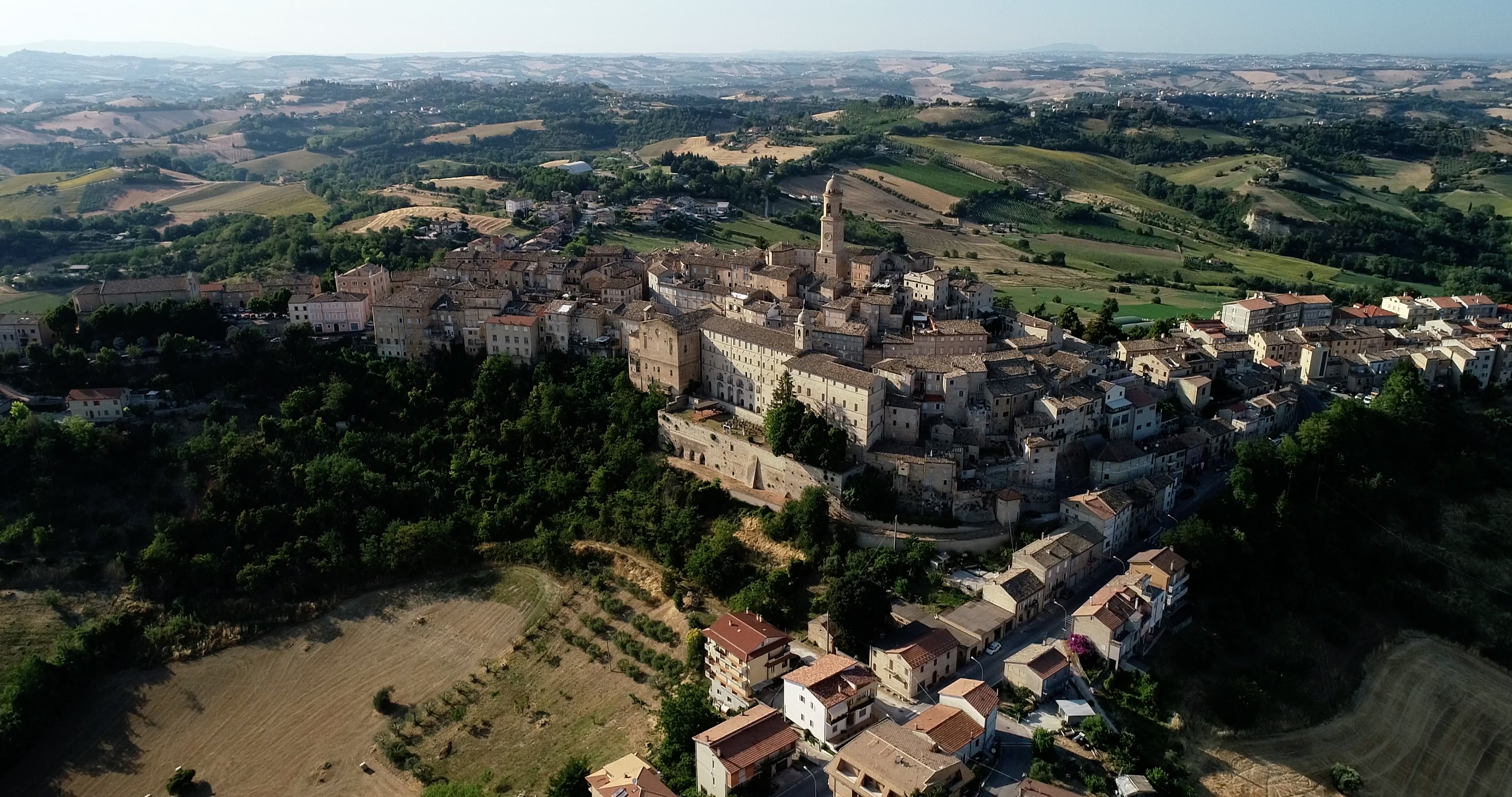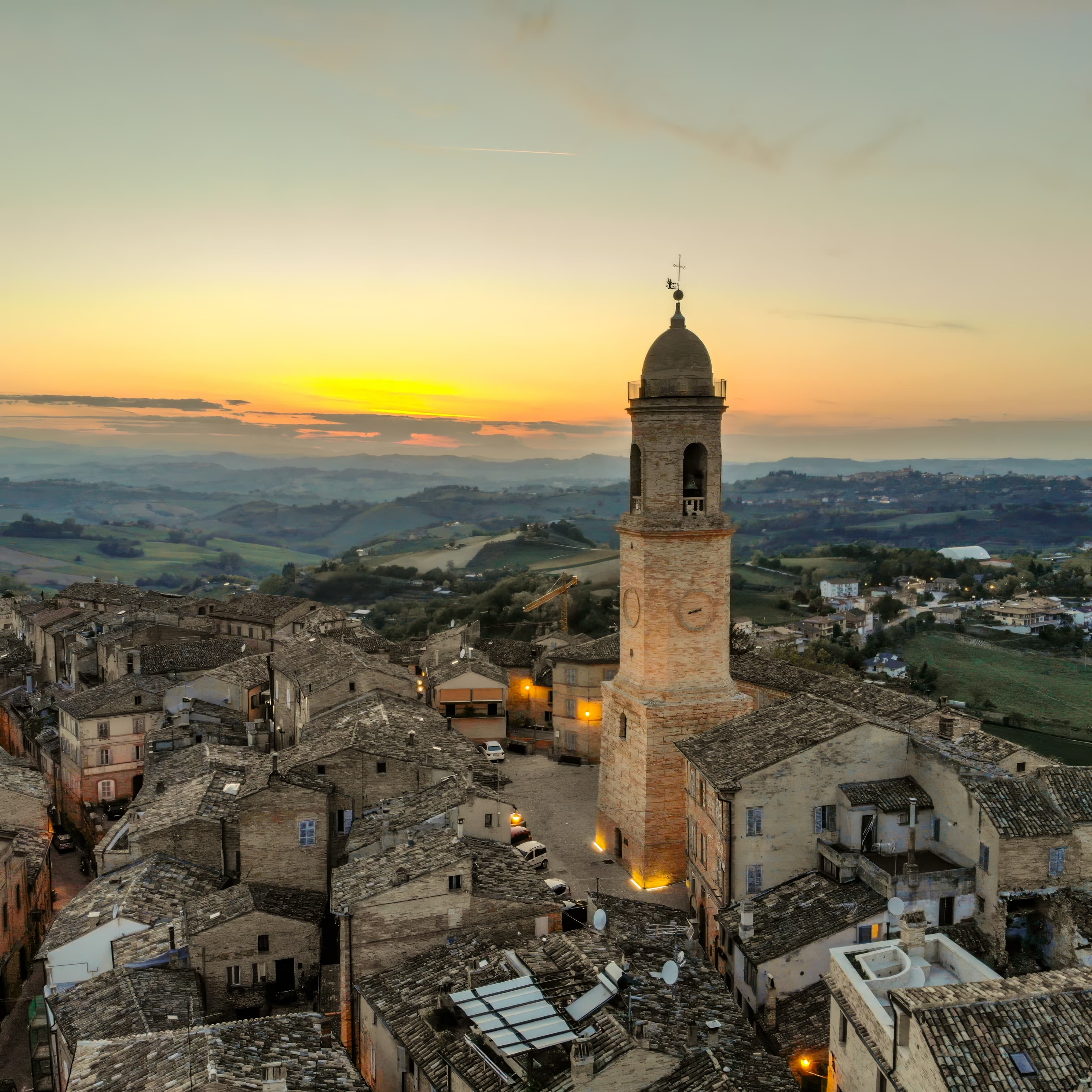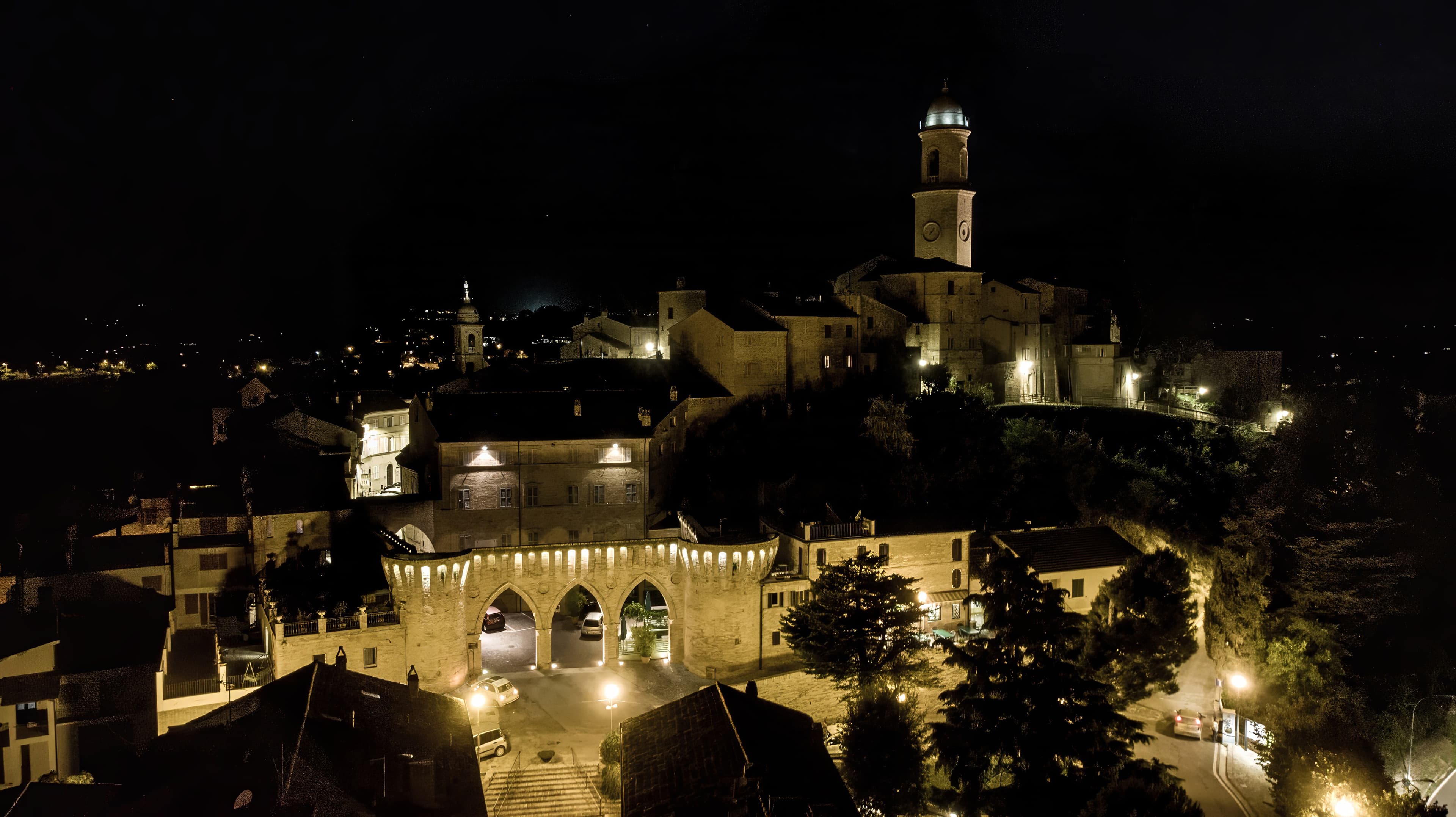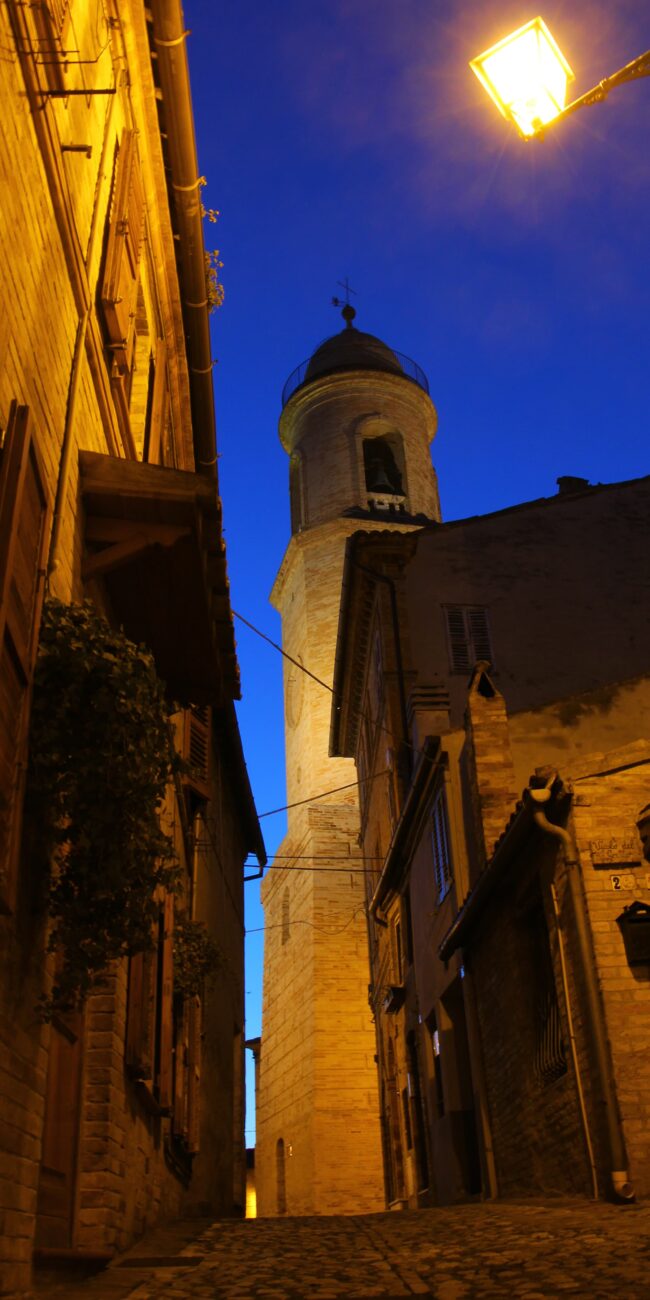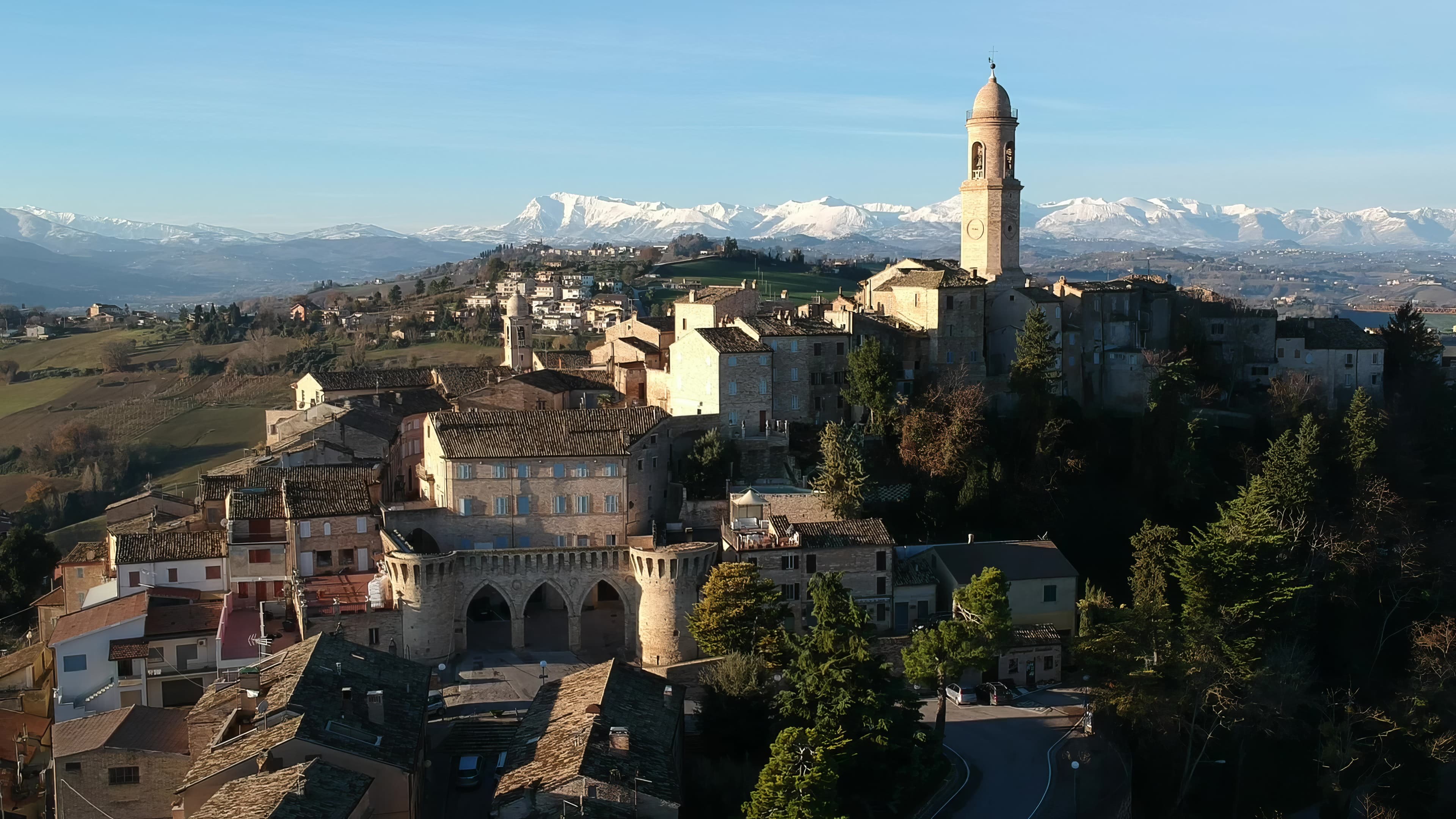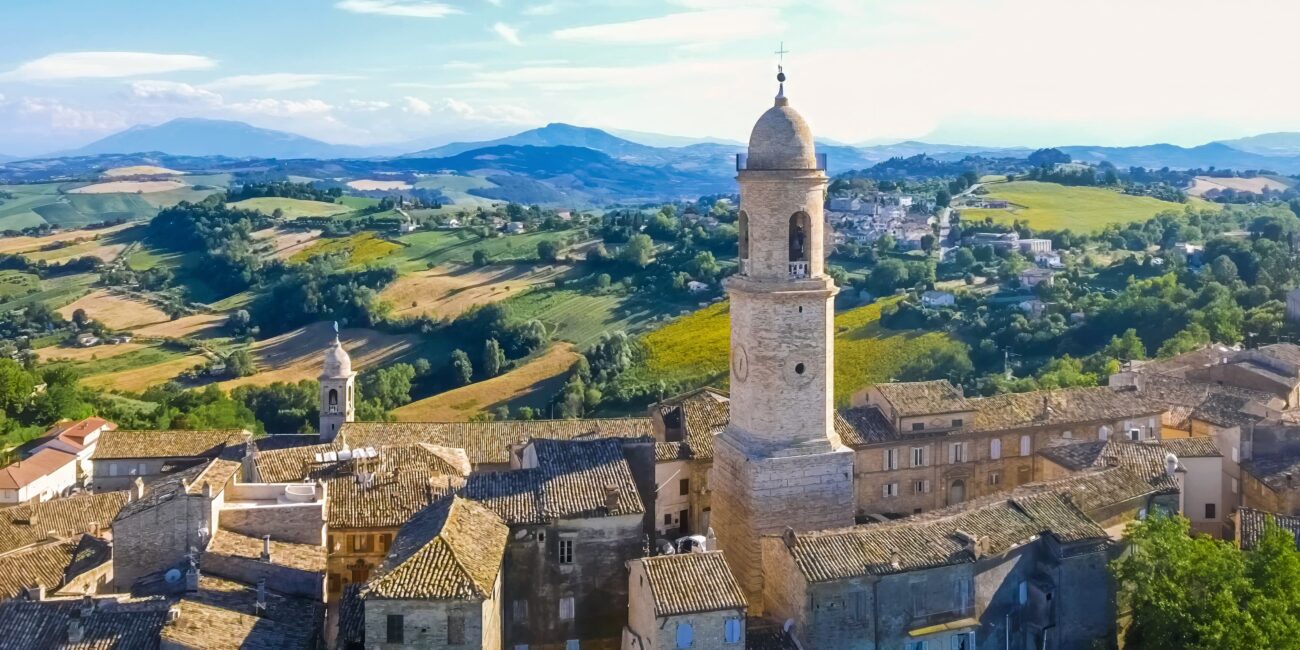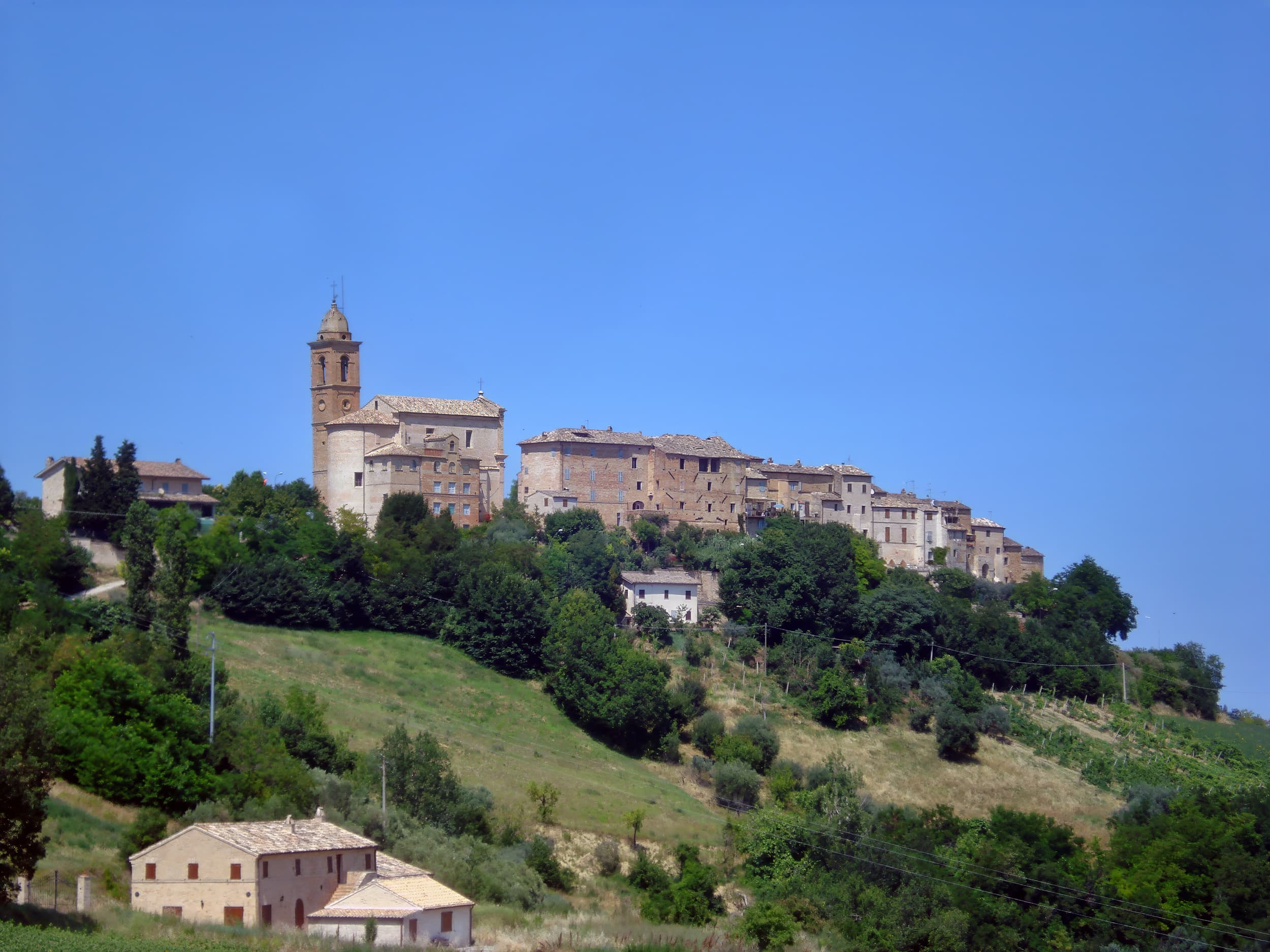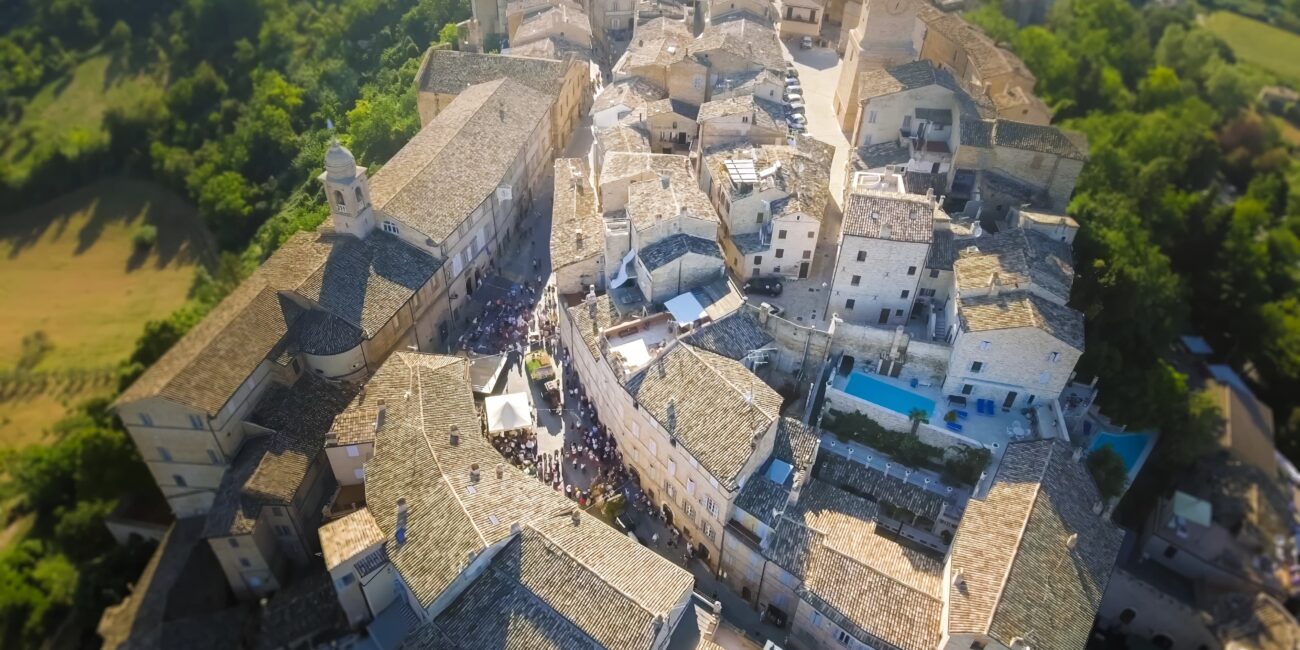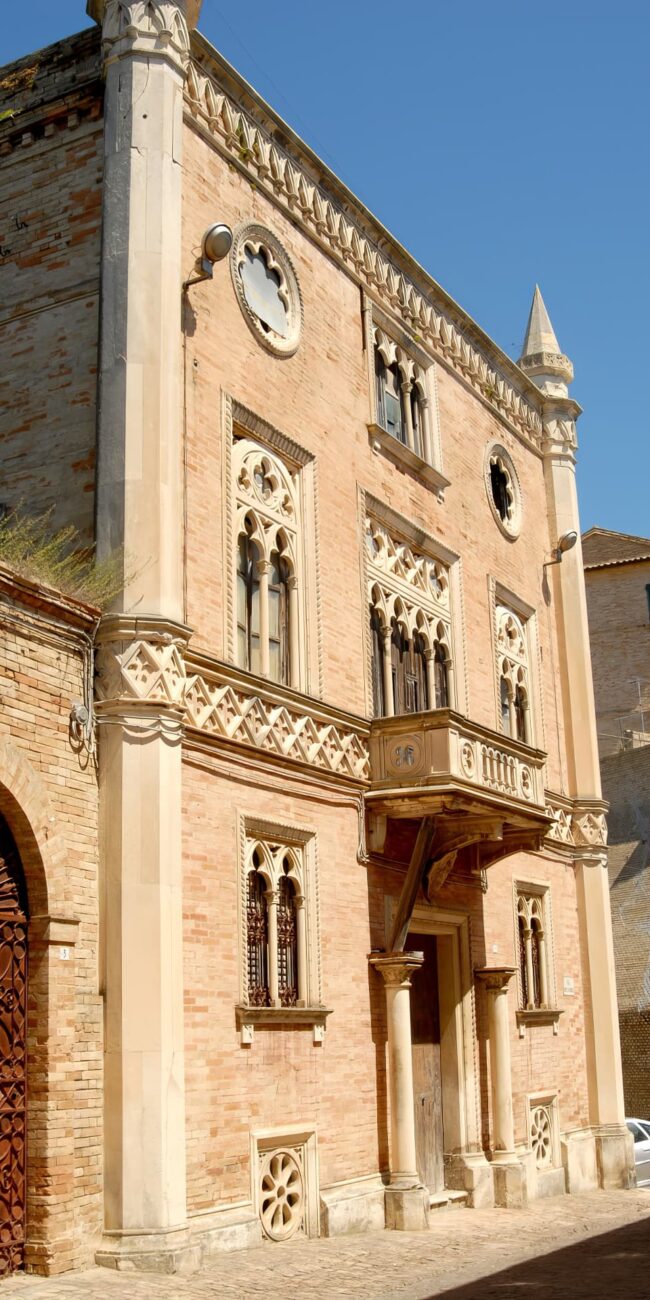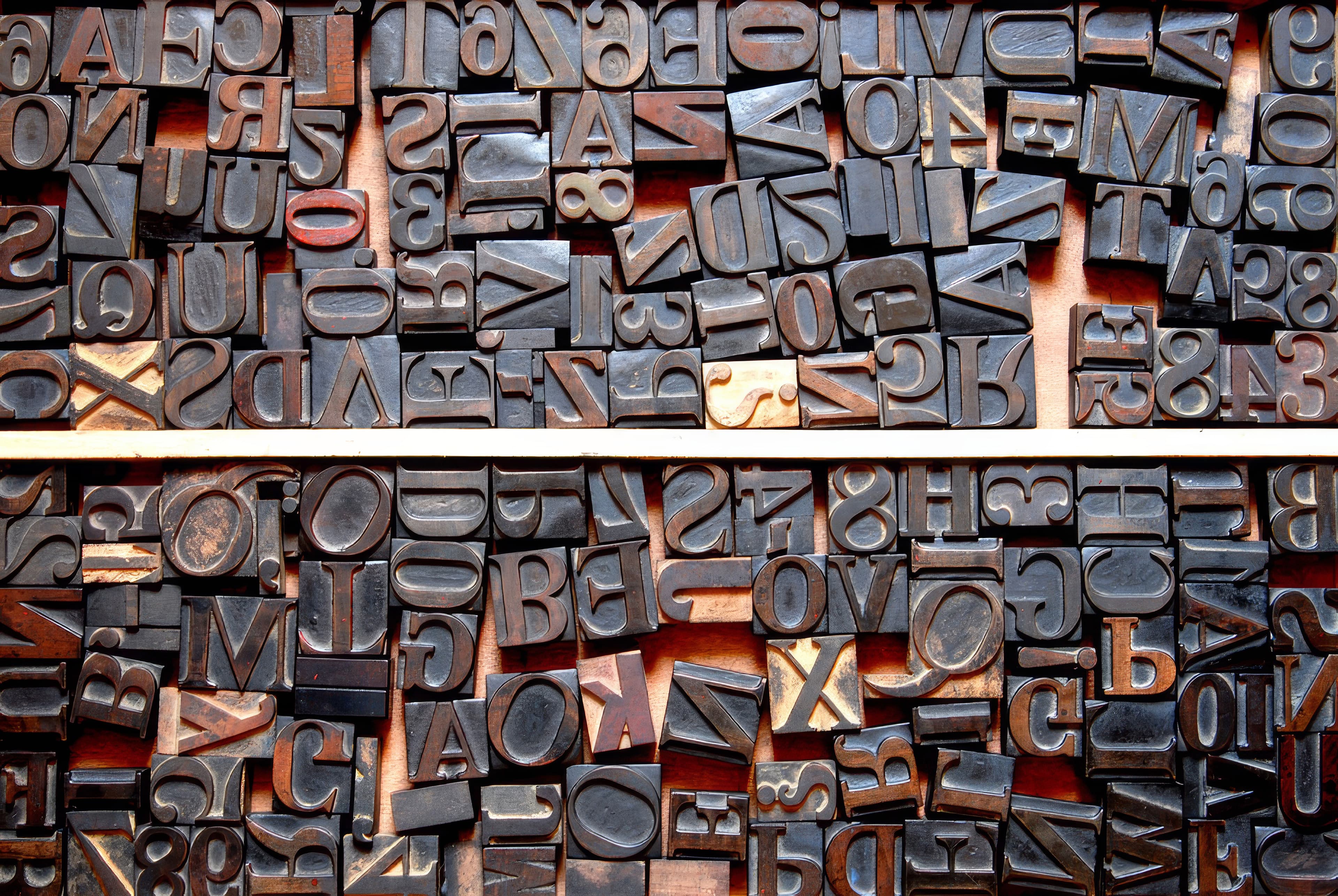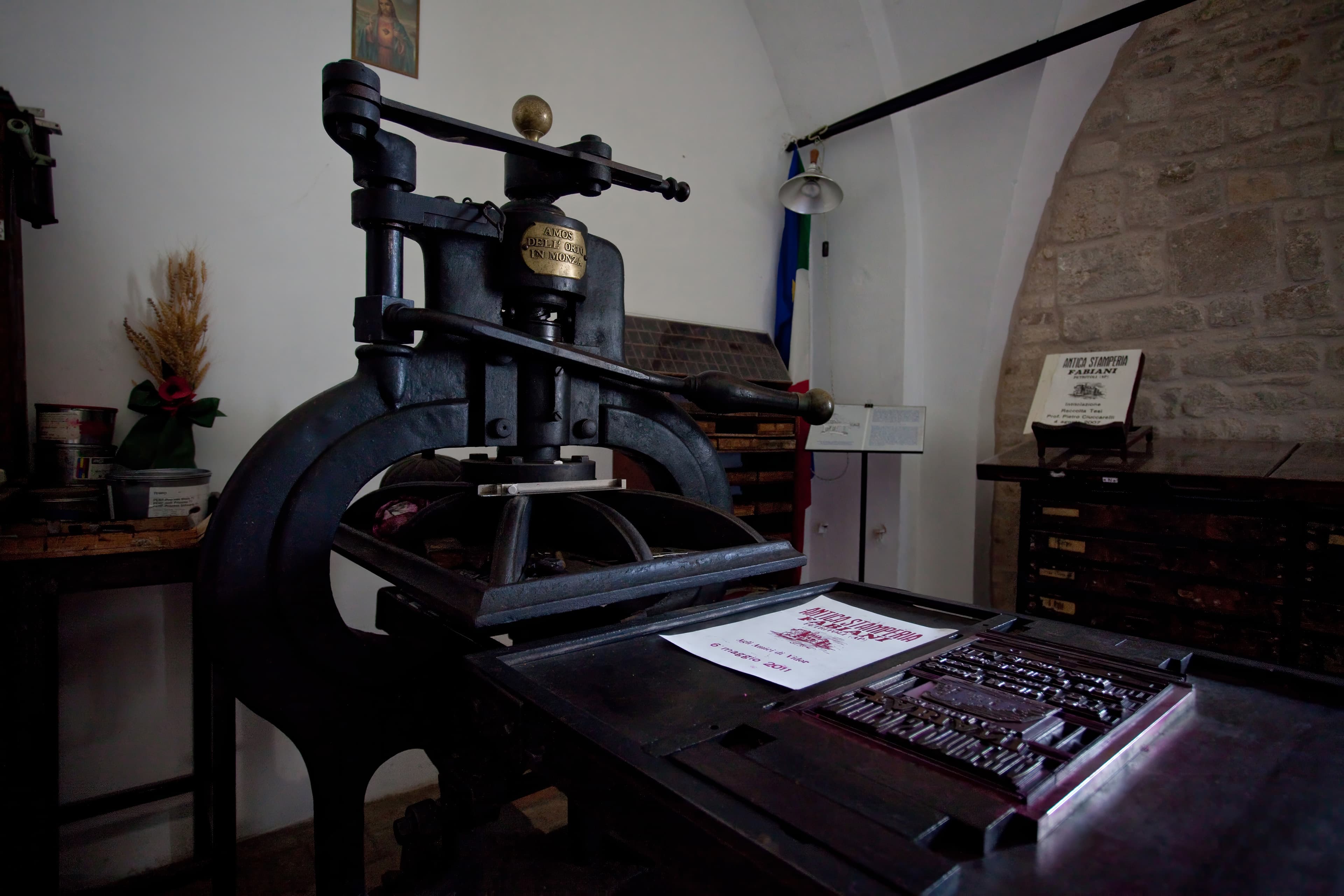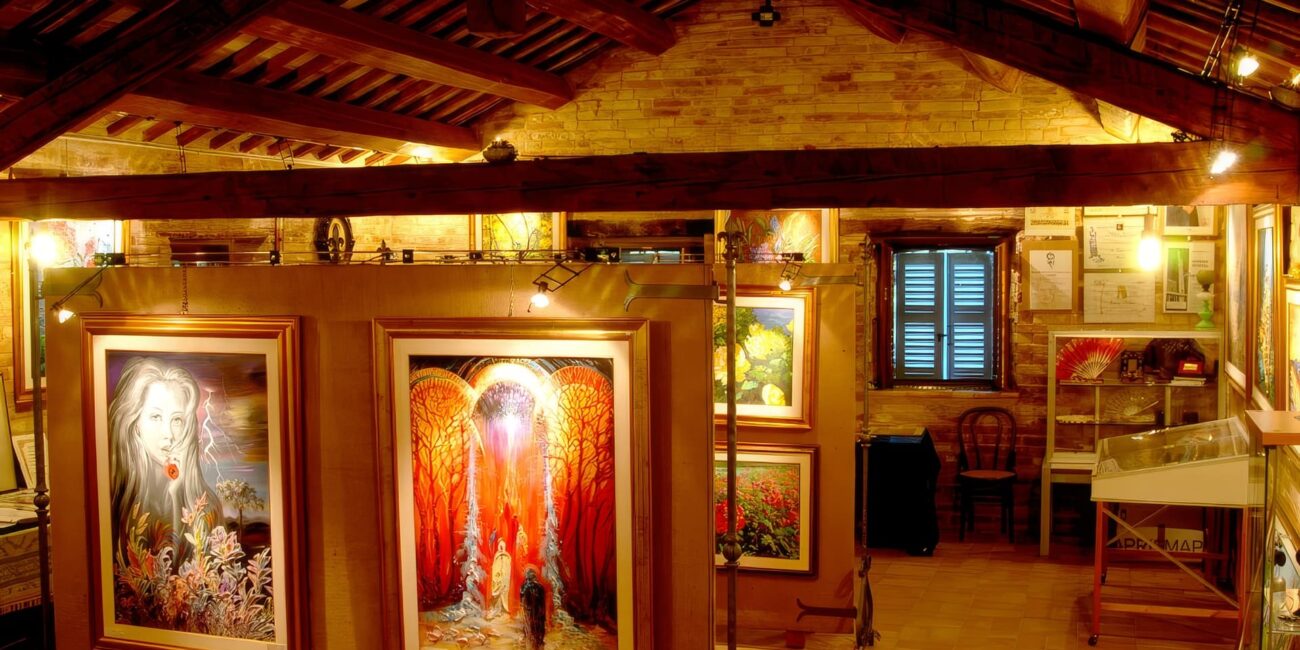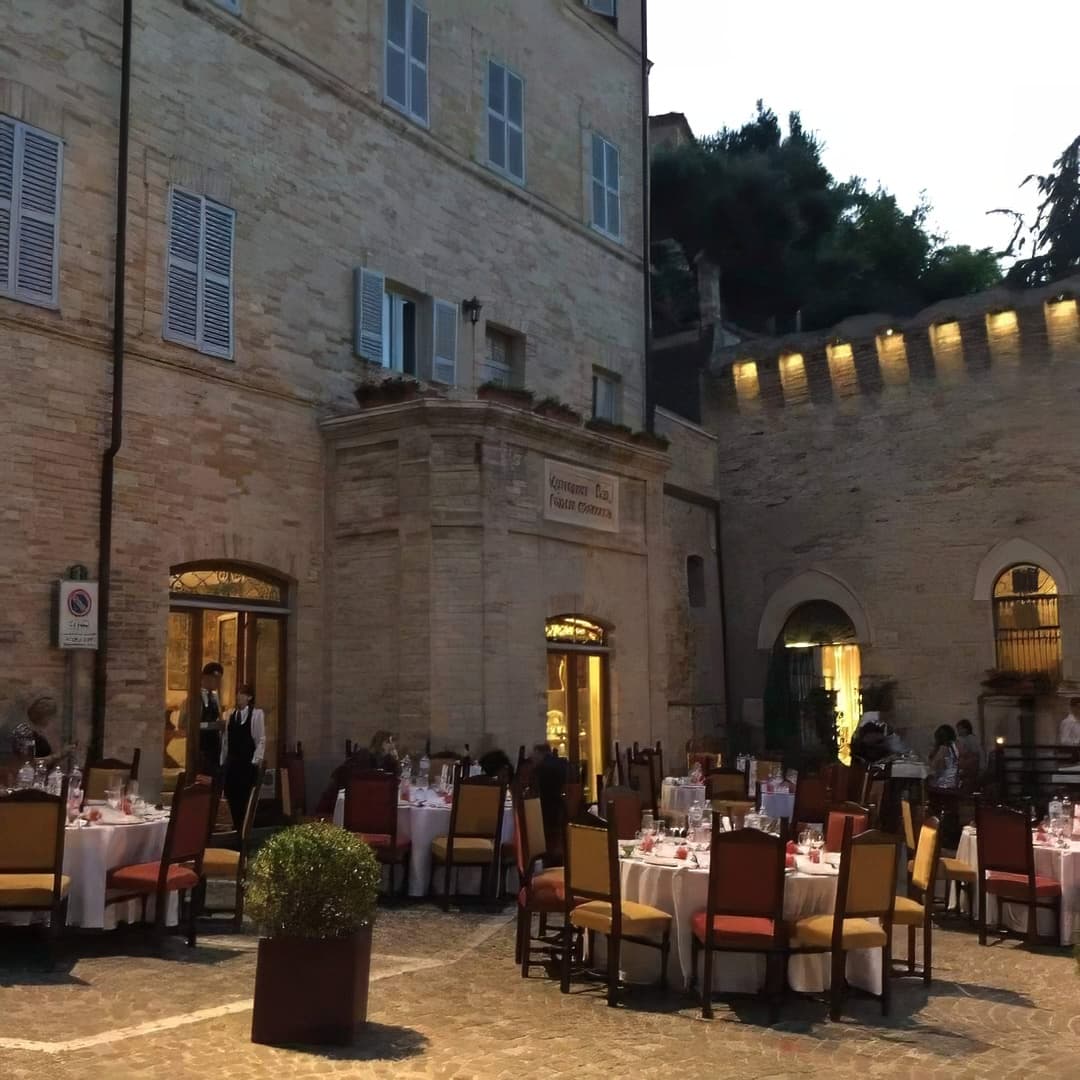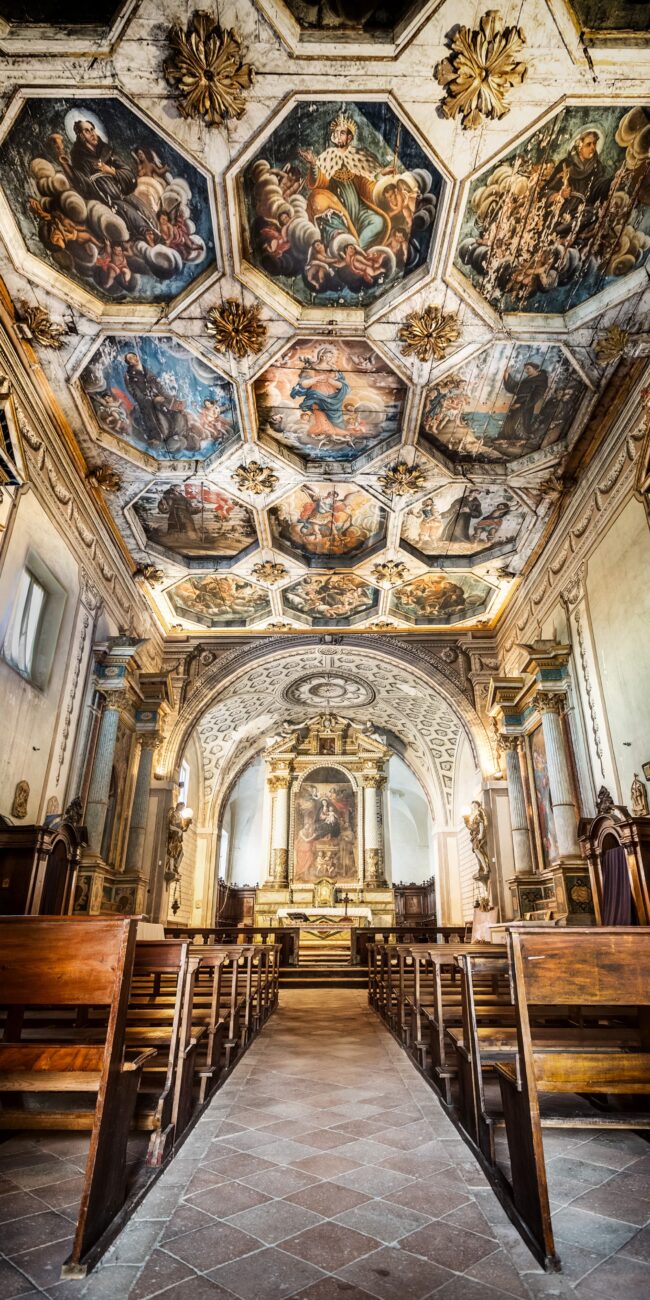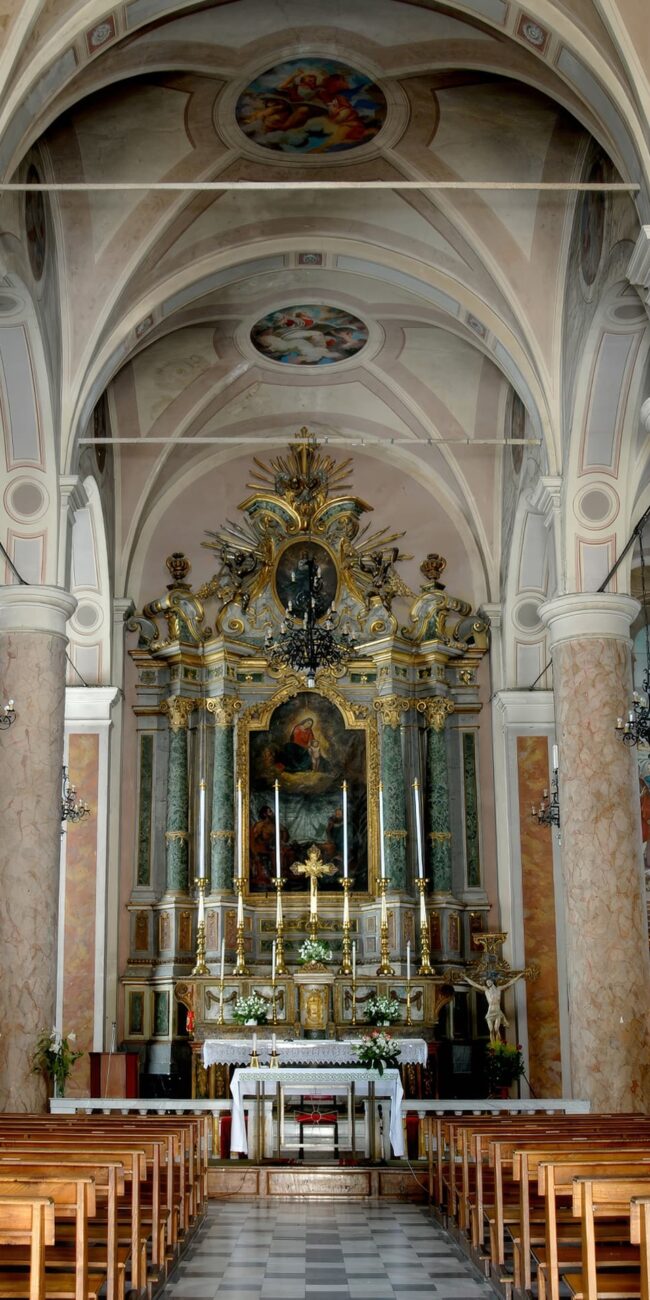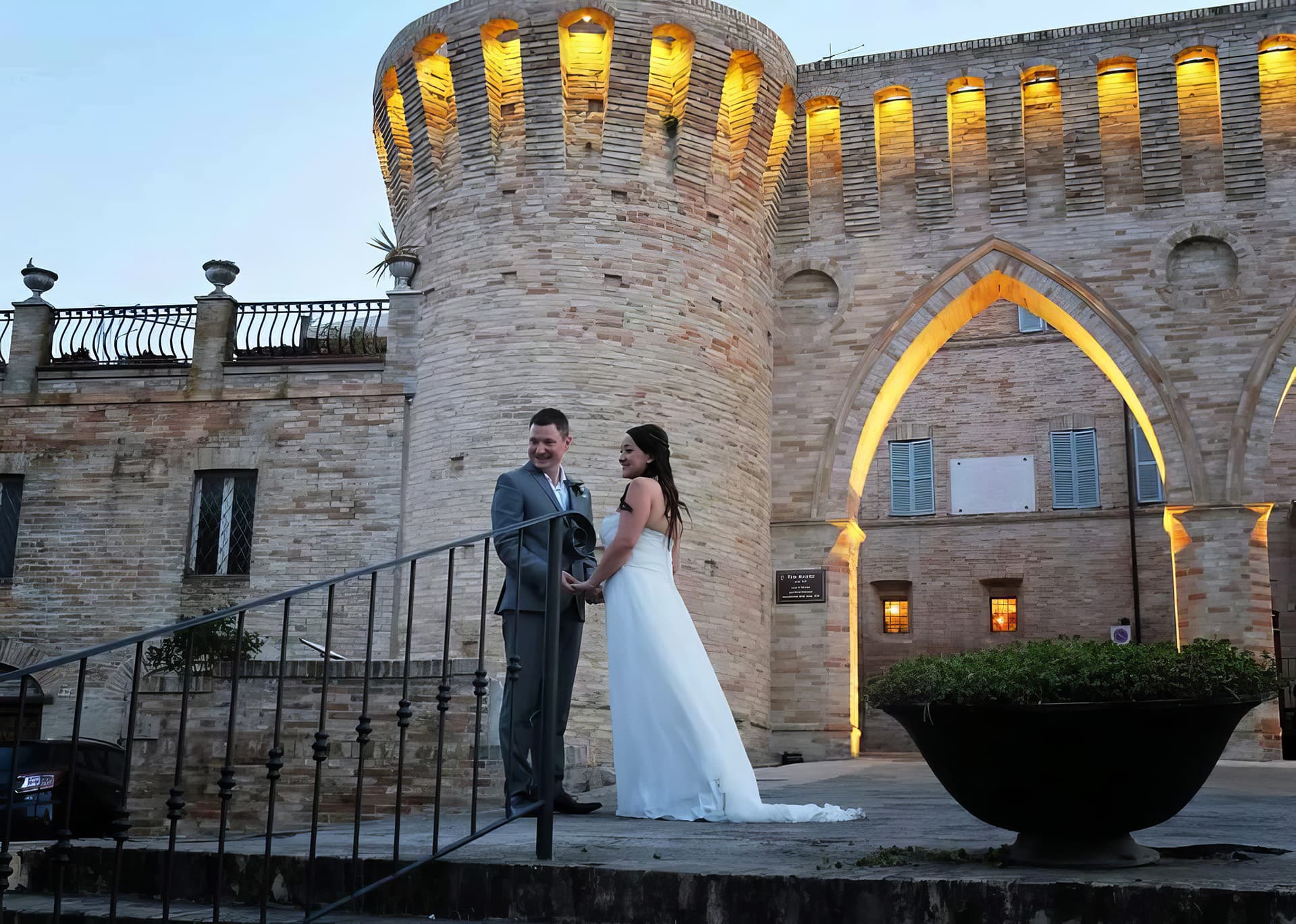Petritoli
Petritoli, a charming town in the Marche region, boasts a medieval historic center characterized by charming alleys and squares. Its rich history is reflected in its ancient buildings and the remains of medieval walls, offering visitors a journey through time among art, culture and tradition.
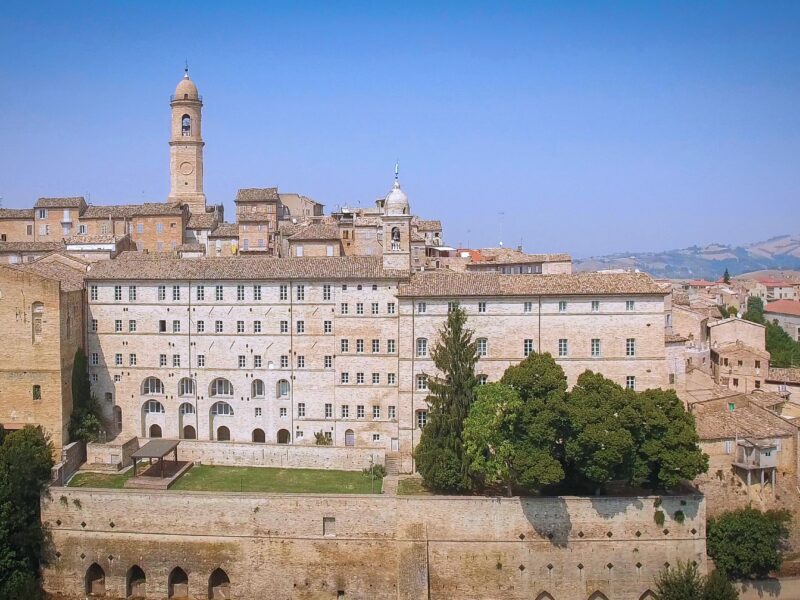
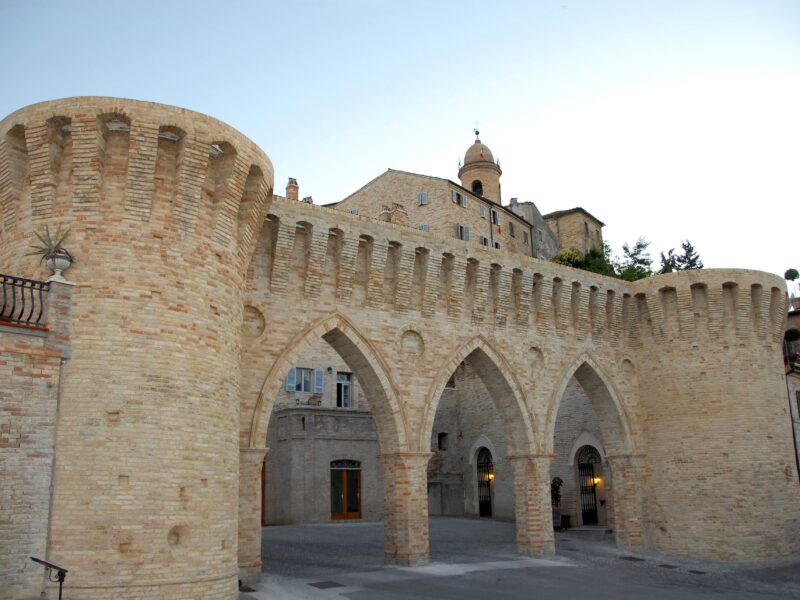
Located in an area already widely inhabited during the Roman Empire, today’s historic center of Petritoli was formed during the early Middle Ages, when, through the work of various monastic orders, particularly the Farfensians, the union of three previous villages, Petrosa, Petrania and Petrollavia, occurred.
This process, completed in the 11th century, gave rise to a castle of great strategic importance, having wide administrative autonomy over the surrounding territory, under the direct protection of the Holy See.
But soon, again during the 11th century, Petritoli lost its autonomy, passing under the control of the episcopate of Fermo, to which it tied its fortunes for more than four centuries. During this time, the Petritolians tried in every way, even confronting the Fermo army, to regain their autonomy, but always without success. At the same time it suffered numerous raids by various foreign armies intent on conquering Fermo territory.
The situation changed profoundly when in 1537 Pope Paul III Farnese, grateful for the help the Petritolians had offered him a few years earlier, gave Petritoli the title of Terra. The Petritoli community thus maintained its new autonomy until the end of the century, when it returned under the control of Fermo.
Along the 17th and 18th centuries, however, Petritoli remained one of the “major castles” of the Fermo area, thanks in particular to the many important religious institutions active here.
With the arrival of Napoleonic troops, supported by the local political class, Petritoli became the seat of Cantone, one of the eight administrative centers of the Napoleonic Department of Tronto.
The spirit of revolution spread by the French did not diminish with the restoration of the Papal States and the return of control to the bishop of Fermo. Petritoli was in fact one of the main centers of the Marche and even national Risorgimento. Thanks to many citizens, particularly the figures of Filippo Mannocchi Tornabuoni, elected deputy to the Constituent Assembly of the Roman Republic of 1849, and Costantino Tamanti, who also participated in armed clashes among the ranks of the Garibaldians, Petritoli became part of the new unified state.
Since 1861 the city experienced a political, cultural and artistic vibrancy that is still alive today in several buildings in the historic center and in the writings left to us by a great devotee of Piceno folklore, Luigi Mannocchi.
The historical events of the first half of the 20th century left deep indelible marks in the souls of the Petritolese, who, however, did not fail to help refugees from the Treviso town of Vidor, with which it is currently twinned.
In the last fifty years, despite the various and rapid changes in society, Petritoli has continued to maintain a great importance both socially and economically in the Aso Valley and in the Fermo area.
And all this can be seen concretely by visiting the characteristic places, reliving the traditions, discovering the typical handicrafts and gastronomic specialties, but above all by meeting the people of this “balcony over the Valdaso” that is Petritoli.Negli ultimi cinquant’anni, nonostante i vari e rapidi cambiamenti della società, Petritoli ha continuato a mantenere una grande importanza sia sociale che economica nella valle dell’Aso e nel fermano.
E tutto ciò si potrà constatarlo concretamente visitando i luoghi caratteristici, rivivendo le tradizioni, scoprendo le tipicità artigianali e gastronomiche, ma soprattutto incontrando la gente di questo “balcone sulla Valdaso” che è Petritoli.
Monuments, churches and places to visit
- Fabiani Old Printworks
- Ancient sources
- Library
- Church of St. Anatolia
- Church of St. Andrew: The church, formerly dedicated to St. Clare, stands out for its late 18th-century interior decorations, a manifesto of neoclassicism.
- Church of S. Maria ad Martires: The Franciscan temple (16th – 17th century) is the all-around combination of art and faith that is as mystical as it is tangible, thanks, in particular, to a valuable Callido organ, an enchanting 15th-century transported wall painting depicting Our Lady of Milk and an extraordinary 17th-century wooden coffered ceiling.
- Church of St. Mary of the Assumption
- Church of S. Maria in Piazza
- Vitali Exhibition/Pinacoteca: The oldest palace of the Vitali family houses an exhibition of objects, especially an extraordinary 19th-century wedding dress, that will introduce you to the daily moments of this noble family. It is also an exhibition of Sharon Kantor’s pictorial art.
- Asylum garden and former convent of the Poor Clares
- Wedding Palace (formerly OP Lucentini)
- Municipal Palace: In the Municipal Palace, built from the end of the 16th century, some former premises of the Poor Clare convent can be visited, especially the room of the 18th-century wooden choir, and the premises of the Municipal Exhibition Hall.
- Palazzo Mannocchi: Birthplace and family mansion of one of the most important folklore scholars of the Marche region, Luigi Mannocchi (1855 – 1936). A plaque dedicated to Costantino Tamanti (1829 – 1882), a famous Petritolese patriot, can be seen on the facade.
- Palazzo Pubblico: Renovated by Pope Paul III in the first half of the 16th century, it shows a rich facade, on which you can also admire a beautiful sundial (today the palace is a private residence).
- Palazzo Vitali: A late 19th-century palace built in the Venetian Gothic style of the 14th-15th centuries.
- Rimembranza Park: One of the most important meeting places and especially a source of gathering for the young people of Petritolese, located in the eastern part at the gates of the town represents the emblematic meeting of nature fun and history. Especially in the summer, this cool place offers peace and refreshment to all those who are looking for relaxation and recreation; equipped with a majestic fountain and several games for the children’s public, m exits an evocative panorama of the fermano countryside, where on the clearest days it is even possible to glimpse the Adriatic, to the practicality of a green garden usable by all those who are eager to rest and enjoy a hospitable climate such as that of Petritolese.
- Council Chamber and Wooden Choir Room
- Shrine of Our Lady of the Liberated: The shrine, of early medieval origin, was rebuilt in the 1950s. Inside, the 1529 painting of Our Lady of the Liberated reminds us that two years earlier the Virgin protected the Petritolese from French troops and the plague.
- Teatro dell’Iride: A temple of art from 1873, the work of talented artists, it is to be counted among the most elegant historic theaters in the Marche region.
- Civic Tower: Erected in 1831, from its more than 40 meters in height it is possible to admire an unmissable panorama.
- Three Arches: Scenic gateway to the village, built in 1872 in neo-Gothic style between two 15th-century ramparts.
Punti chiave
Ecco alcune informazioni chiave
Info and contacts
Comune di Petritoli
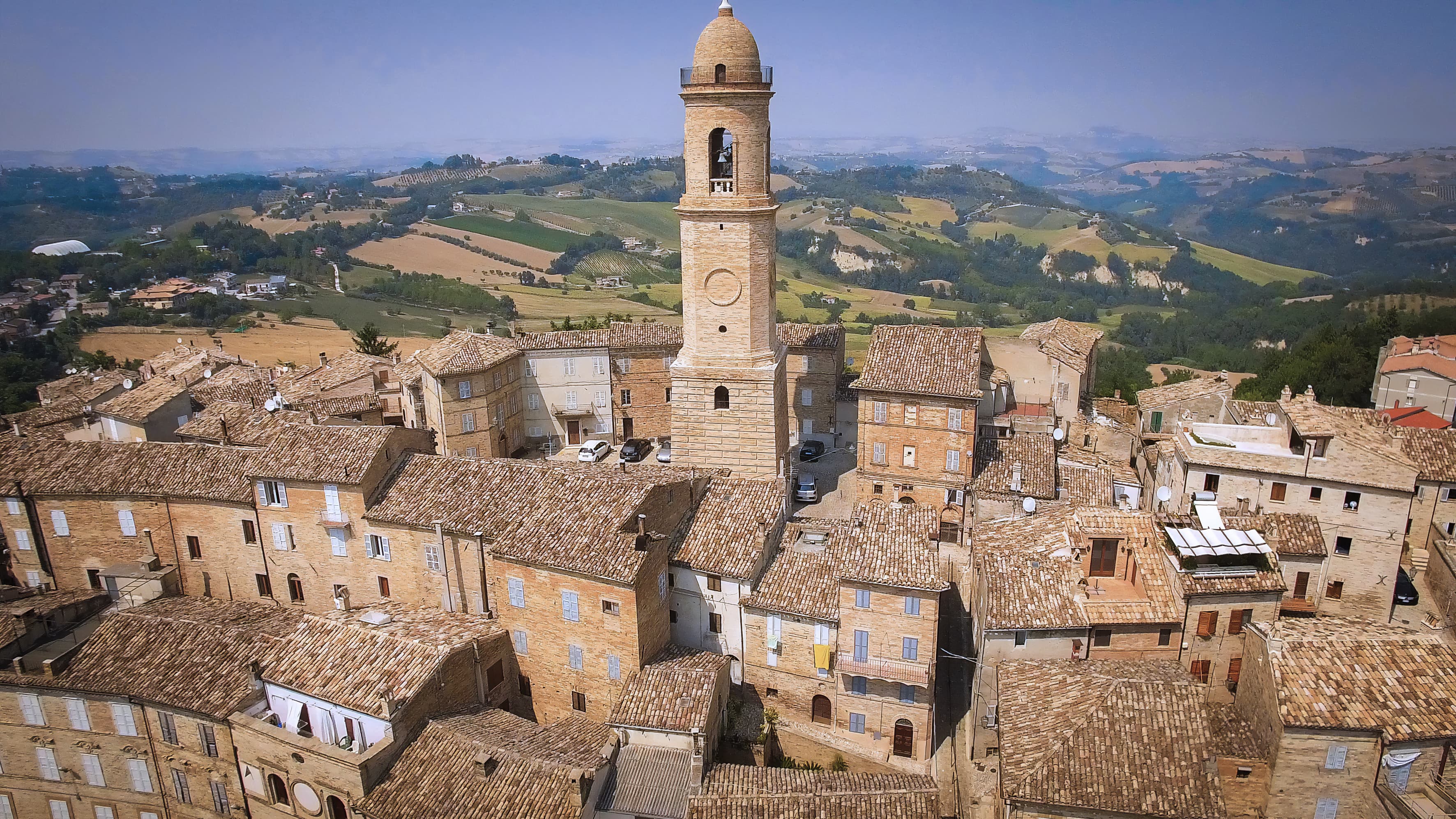
Dove trovo gli uffici per richiedere le informazioni turistiche?
Petritoli Tourist Office
Via Provinciale, 7 – 63848 Petritoli (FM)
tel. 0734/655995
Opening hours: June, July, August, September | Fridays, Saturdays, Sundays with hours 10 a.m.-1 p.m. and 4-8 p.m.
Quali sono le aree di sosta Camper?
MUNICIPAL CAMPER PARKING AREAS
Parking area in Contrada Calcinari, near sports facilities.
GPS coordinates N 43°04’28” E 13°39’02”.
Distance from center 800mt.
Facilities: lighting, drainage.
Map
Richiedi informazioni
Contattaci utilizzando il modulo seguente.

